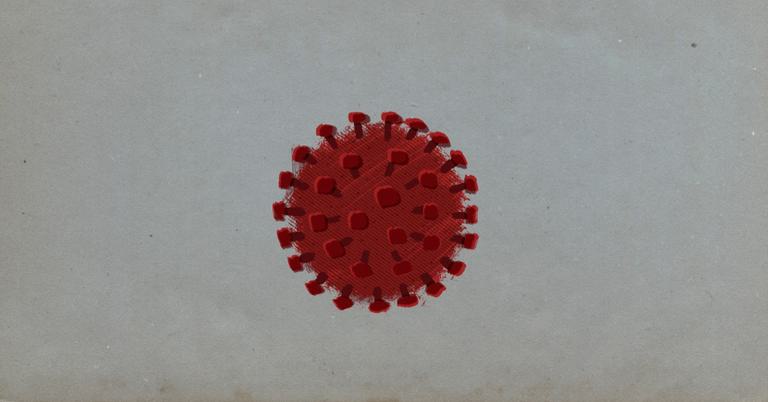
Economy , Culture & the Family
Ray Carter | May 11, 2020
Oklahoma’s post-reopening COVID numbers defy critics’ predictions
Ray Carter
While critics suggested Gov. Kevin Stitt’s decision to begin reopening Oklahoma starting April 24 would lead to increased COVID-19 infections and deaths, the data continue to head the right direction, and the governor said more businesses will be able to reopen soon.
“Our data in Oklahoma continues to support us moving to Phase 2, which will start on Friday, of our ‘open up and recovery safely’ plan,” Stitt said at a Monday press conference.
Stitt’s reopening plan included three phases. The state is currently in the first phase. In Phase 2, organized sports activities can reopen and operate under social distancing and sanitation protocols, bars can operate with diminished standing-room occupancy and under social distancing protocols, funerals and weddings can resume under social distancing protocols, and children’s nursery areas in places of worship can reopen.
Stitt noted that Oklahoma continues to have the eighth fewest COVID-19 cases per capita among the 50 states. Oklahoma has 116 cases per 100,000 people, compared to a national average of 416. The state with the highest rate of infections is New York, where there are 1,776 cases per 100,000 people.
Two of the states with lower rates than Oklahoma are Alaska and Hawaii, which means Oklahoma has the sixth-fewest COVID-19 cases per capita in the continental United States.
Oklahoma’s rate is the lowest in the region and second-lowest nationally among states with populations of more than 2 million people.
The share of Oklahomans who are tested for COVID-19 and found to have the virus continues to decline, even as many state businesses have reopened and citizen movement and interaction has increased.
On April 6, 10.1 percent of Oklahomans who received a COVID-19 test had positive results. By April 24, when Stitt began easing shutdown orders, the rate had fallen to 6.3 percent. As of May 8, a full week into a broader reopening process, the share testing positive had fallen to 5.1 percent.
Stitt announced Monday that the latest figure had fallen to 4.9 percent positive, less than half the early April trend.
“That means for every 1,000 tests that we perform, 49 are coming back positive,” Stitt said. “That means 951 are coming back negative. When you compare us to New York, New Jersey, they’re coming in over 20 percent of their test cases are coming back positive.”
The decline in positive test results has come amidst dramatic increases in testing.
There were 17,030 tests administered the week ending May 1 with 627 positive cases. The next week, which ended May 8, the number of tests administered surged nearly 50 percent to 25,501, yet the number of positive cases increased only 8 percent to 676.
Between April 29 and May 4, the number of new COVID cases in Oklahoma, measured on a seven-day rolling total, was on the upswing. But that trend was attributable mostly to an outbreak at a meat processing plant in Texas County. And even with the Texas County numbers, the seven-day new-case count has since declined from 764 on May 4 to 569 on May 11.
The May 11 figure was notably lower than the seven-day rolling count of new Oklahoma cases on April 7, which stood at 862.

Ray Carter
Director, Center for Independent Journalism
Ray Carter is the director of OCPA’s Center for Independent Journalism. He has two decades of experience in journalism and communications. He previously served as senior Capitol reporter for The Journal Record, media director for the Oklahoma House of Representatives, and chief editorial writer at The Oklahoman. As a reporter for The Journal Record, Carter received 12 Carl Rogan Awards in four years—including awards for investigative reporting, general news reporting, feature writing, spot news reporting, business reporting, and sports reporting. While at The Oklahoman, he was the recipient of several awards, including first place in the editorial writing category of the Associated Press/Oklahoma News Executives Carl Rogan Memorial News Excellence Competition for an editorial on the history of racism in the Oklahoma legislature.